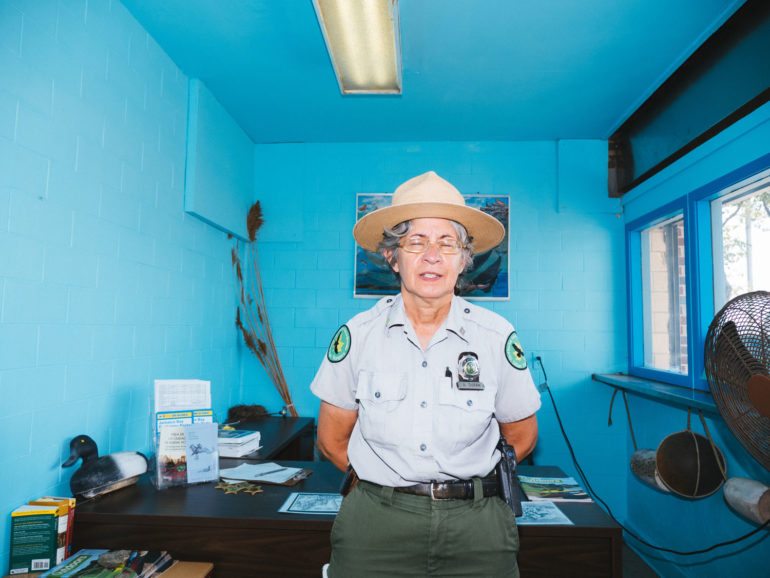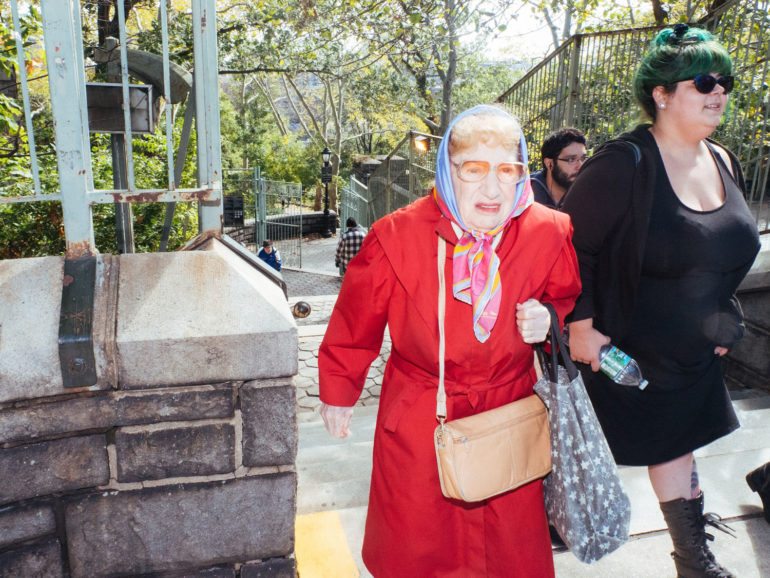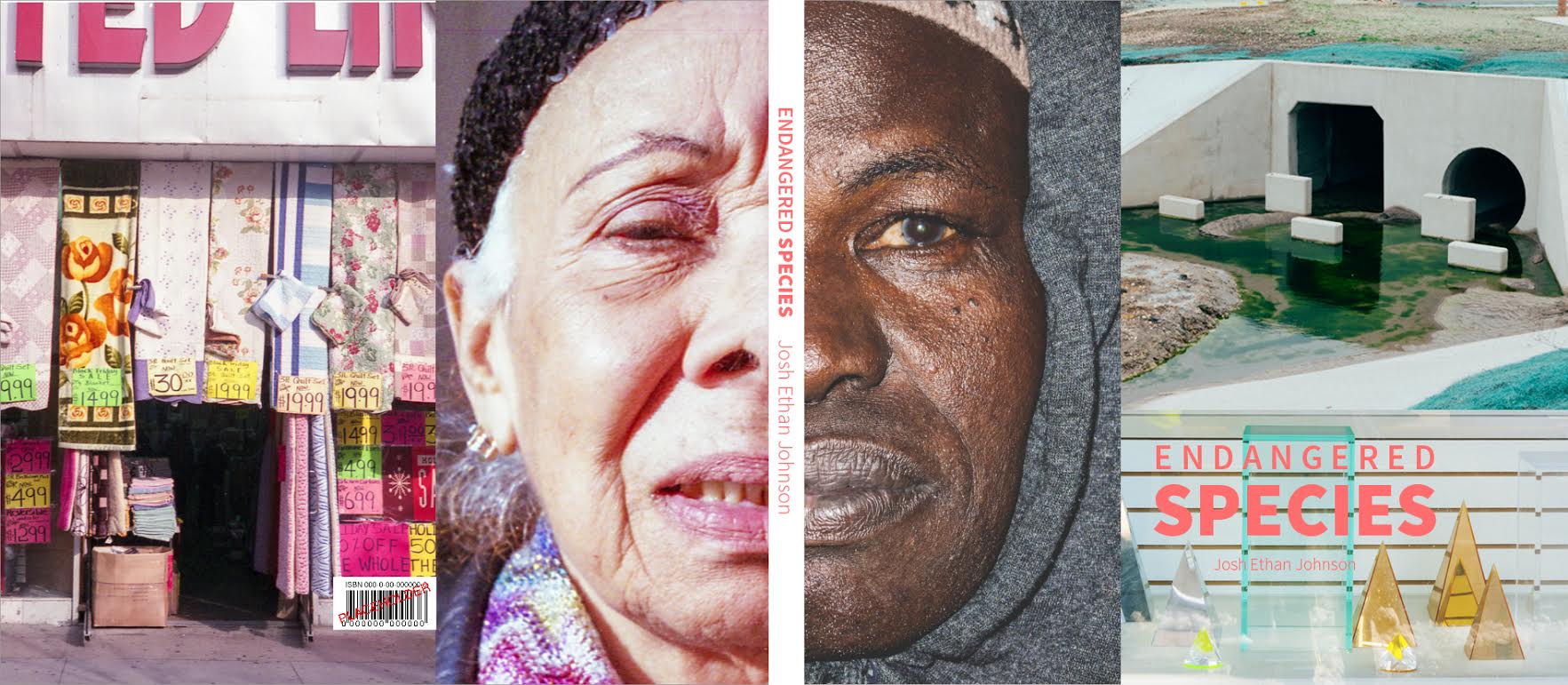Last Updated on 07/25/2016 by Chris Gampat
All images by Josh Ethan Johnson. Used with permission.
“I’ve always been a people voyeur but I think films maybe planted the seed.” says Josh Ethan Johnson about his project Endangered Species. The name comes from the fact that the project itself explores cultures and impermanence in our fast paced daily lives. The images, which have been taken over 16 years were mostly taken in America and explores human behavior.
Josh lives in NYC and has learned a whole lot as a street photographer. His work strives to combine the raw life that many other photographers portray though shows a sign of connection with the subject through most of it.
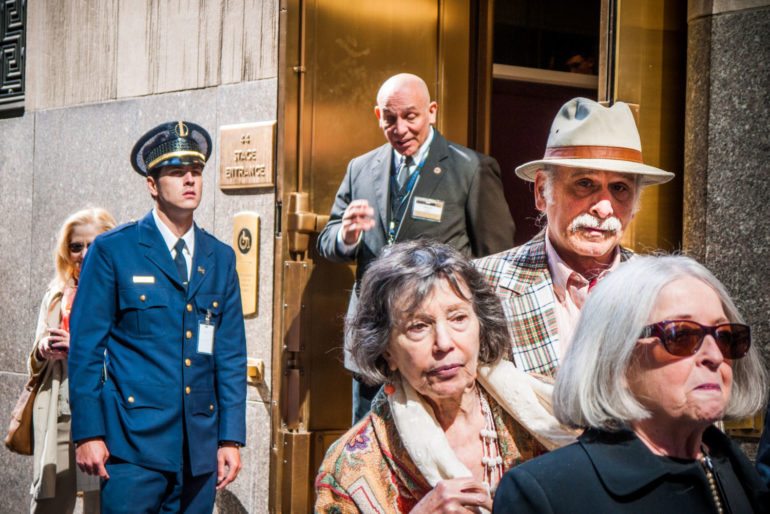
Phoblographer: Talk to us about how you got into photography.
Josh: As a kid, I was always focused on visual art. Mostly drawing. I went to summer art camps, AP art classes in high school. Then for college, I went to Minneapolis College of Art and Design where I studied a few mediums. I dropped out after a few years, really to focus on music, but had already taken two photo classes.
For one of those class assignments, we had to figure out a long term project. I chose to ride the city bus at night where I took both candid and portraits of the passengers. Black & White. 35mm. The shots weren’t great but at 18 y/o, that was a big deal for me. I’m 36 now and have since stopped drawing and painting and use the camera as my main visual tool.
Phoblographer: What made you want to get into documentary work?
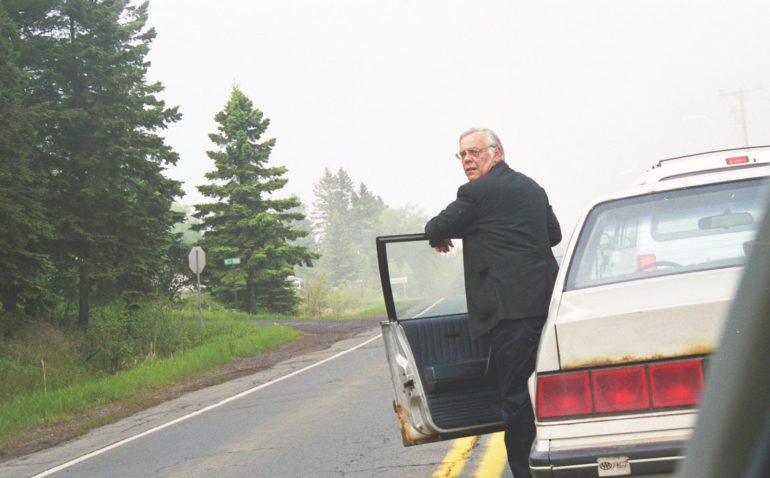
Josh: I’ve always been a people voyeur but I think films maybe planted the seed. One of the first documentaries that really got me excited was “Fast, Cheap and Out Of Control” by Errol Morris. I was in high school in Milwaukee and saw it at The Oriental. Great film. Mind expanded. The first attempt at a doc was in college. One of the guys I met on the bus was a kind of street dude. I went to his and his wife’s house on and off for a year taking their photo in color and B&W. Besides the challenge in itself, it produced some photos I’m still proud of.
However, the dynamic got awkward and had to back away. II was really too young to know what to do with both the photos and the relationship I’d formed. Since then, I’ve figured out how to set boundaries for myself. Now, for my FACES short docs, I try keep things as fast and intuitive like I do with photos. And like my approach to photo, there’s no pre-production. And it’s the same approach to editing the films which is fast and furious. It’s really refreshing for me to work like this.
Phoblographer: So the idea behind Endangered Species is all about culture and impermanence which does this by focusing on what you call rare people, places and things. What’s your angle and intent with this project? What are you trying to get people to know about?
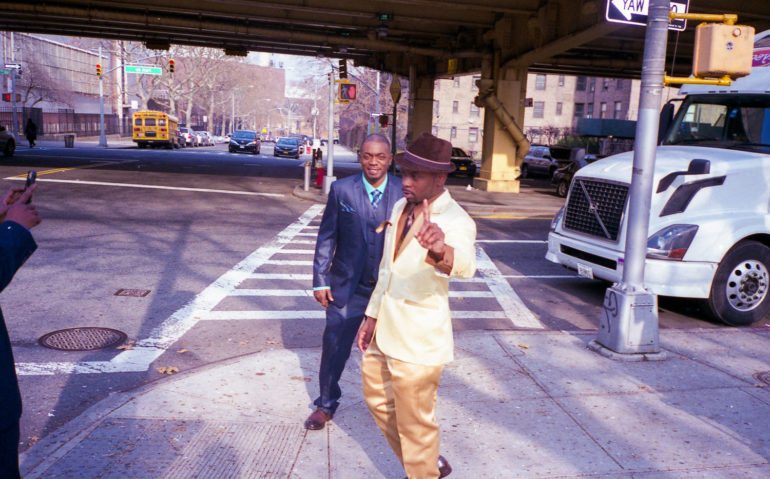
Josh: Ideally, I suppose I hope the book inspires a few thoughts or conversations. However, I’m cool with the viewer having interpretations different from mine. I think photos, in general, are a blank canvas for people to dump their own context into and don’t like taking that away from people. So spoiler alerts ahead.
Making this book was really my way of cementing and materializing some of the things I’d been thinking about over the 16 year period these photos were taken. I was, and still am, curious about the speed at which our culture moves and shifts. I wonder how aware we are of it. It seems difficult for us to understand our own behaviour in real time.
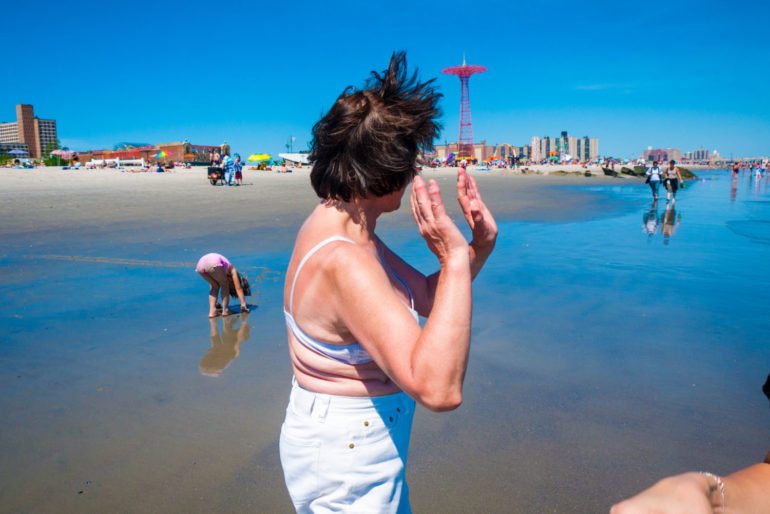
The only way we’re able to gain perspective is from hindsight and I found photos are a great tool for this. For example, I’m not good at being present and in the moment. Always day dreaming. I’ve used my own photos to document my life and study how I’ve changed. I see everything as endangered and impermanent and the subjects of my book maybe just a few good examples of this.
Phoblographer: How did this project come about and what were your plans on approaching, distributing and marketing it?
Josh: The book idea came a few years ago at the moment the title came to me. I used it originally as a gallery title on my website to help categorize my photos. The phrase really got my wheels turning and realized how most of my photos can fit under this theme. Most of my photos are documentations of ‘endangered species’ like older people, outdated fashion, abandoned buildings etc. I thought it’d make a great book and began to see if I had enough photos to make it happen.
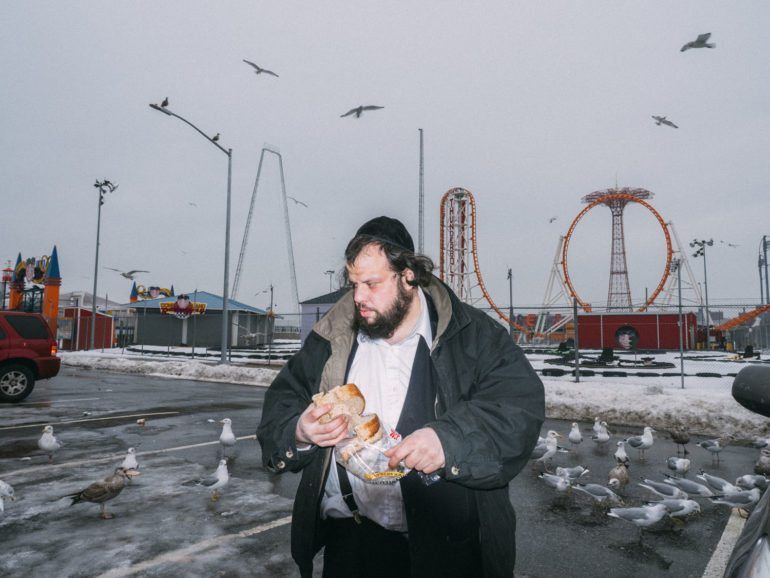
For getting the word out, I’ve done a few of these photo magazine interviews and just organized and threw a book release party and group show in Greenpoint, Brooklyn. I gathered 4 other NYC street photographers I’d been following/admiring online and wanted to know in person. One guy I did know from running into him shooting around town but we all ended up being a great fit. A nice big crowd come out. Other than that, I hope to put the book in the hands of some of my street photo legends and book stores to see what happens.
Phoblographer: You live in NYC, and as you know, the city has been faced with lots of gentrification. How do you feel that your book comments on themes like this?
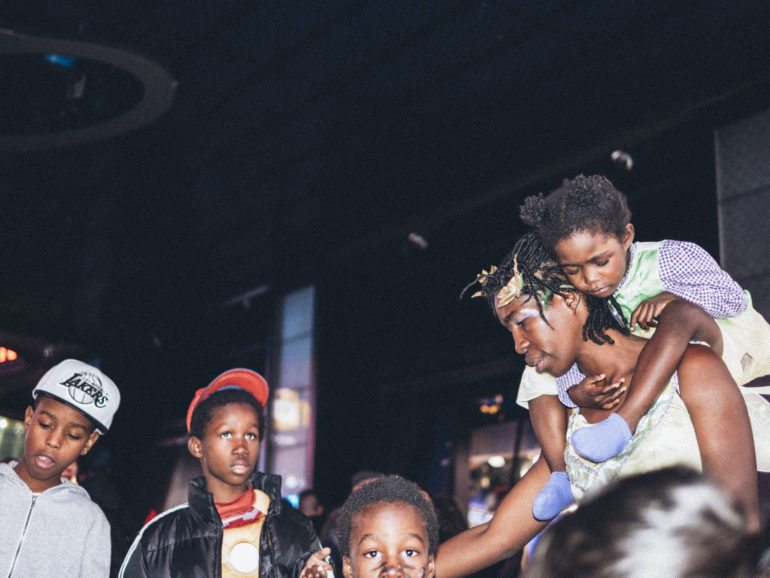
Josh: I moved to NYC about 5 years back from Minneapolis. I thought then, and still do, about how most Americans who haven’t visited NYC, would not believe certain neighborhoods are the same America they’ve been referring to as ‘America’. As gentrified as areas are getting, my mind is still blown visiting neighborhoods like Spanish Harlem, Chinatown, Flushing, Jackson Heights, my hood in Astoria, the Bronx, and on and on.
These cultures are holding firm and in huge numbers. Yes, new money could push them out but I think it’s going to be a long time before these places lose their culture and turn into strip-mall-middle-America. I hope my book highlights this other side of America and also preserves it incase it does go away.
Phoblographer: When you went about taking pictures of these people, did you ever interact with them? Whose stories did you find the most interesting and what about them really stood out at you?
Josh: I’d say I’m may be half and half between interacting and just snapping candid photos of people. I don’t always have the heart to jam a flash in a fragile old lady’s face so if I want that shot, I talk with them. In general, I love raw, candid street photos by people like Martin Parr, Bruce Gilden, Daniel Arnold, and a million more. However, I’m not always in the mind frame to get those shots. My empathy takes over and I miss lots of shots because of it.
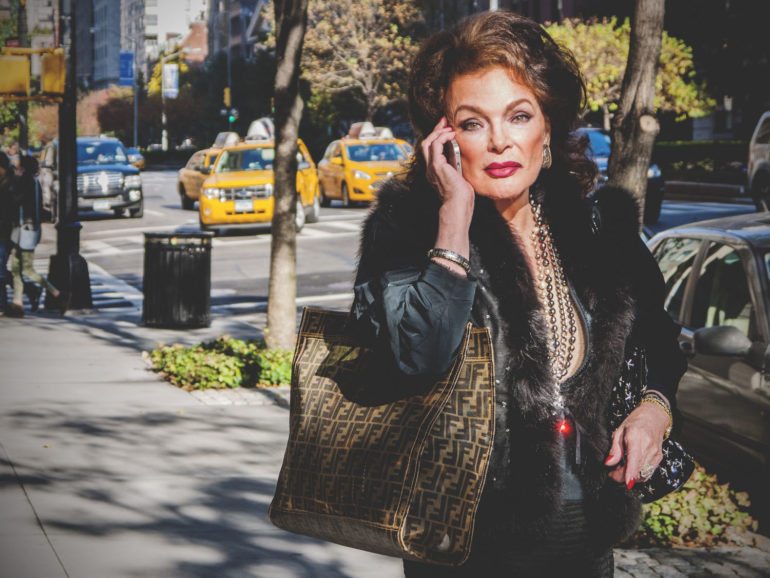
This, I think has encouraged me to embrace my skill of talking to strangers. I see it pay off in certain photos like the one of David feeding the seagulls. I approached him while talking his photo and made sure he was cool with it. I ended up spending an hour with him talking photos and slo-mo video. He ended up being the first video I made for my FACES short doc series. David At Coney Island Video. I have a million small stories about the people. I’ve been invited into peoples’ homes during funerals. Fed amazing home cooked meals. Had serious adventures. All because I was there and said hello. I find that people are incredibly generous and good. You just have to make yourself valuable, in a smart way, to allow for it to happen.
Phoblographer: Your efforts and those of many photographers focus on trying to bring awareness to people about these cultures and how they’re vanishing. But the bigger challenge (as you know) is getting people to genuinely care; not just like something on Facebook, or share it on Tumblr. So how do you think you’re effectively doing that with this book?
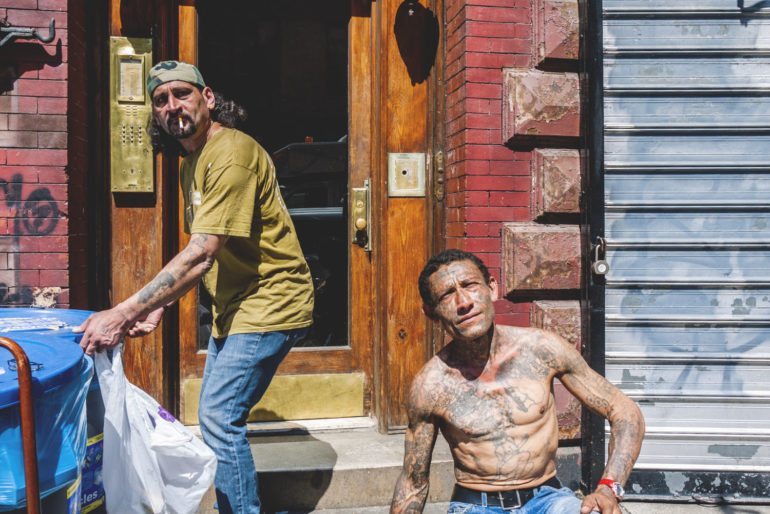
Josh: I’m not sure if I am. I hope so but as of now, the amount of people interacting with me and the photos is pretty small. What feedback I get from friends, family and the occasional fan, it is encouraging but I think changing of mindsets happens in very small ways. I’m just tying to do my part soor now, I want to kick out Endangered Species 2-10 and make a million more FACES docs.
Phoblographer: You said that your project is about 600 images, then why is the book so small?
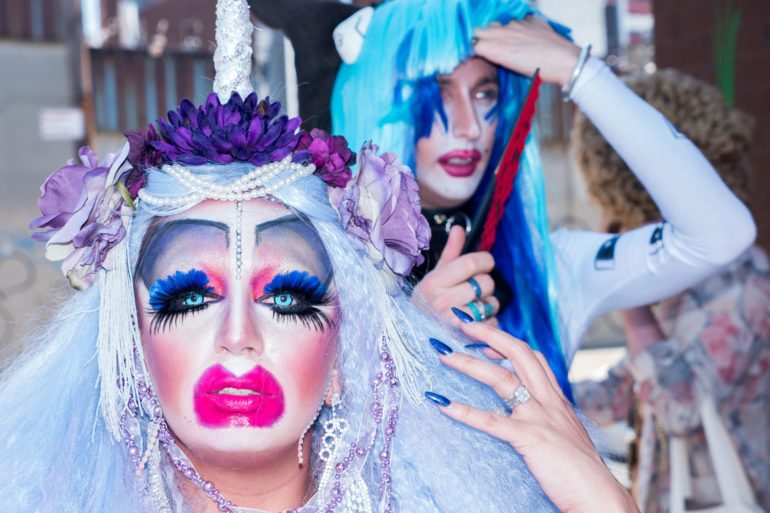
Josh: Actually, what happened is, I narrowed down about 600 of my images that I felt could work for the theme and dumped in on my friends lap. My very creative friend Måns Swanberg helped me curate, design and layout the book. He took the 600 images and selected the 50(ish) best. I self published the book and would have loved to add more but the costs for printing each unit quickly becomes unaffordable. So I stopped here with intentions to make more volumes.
Phoblographer: Do you ever keep in touch with the people that you’ve photographed?
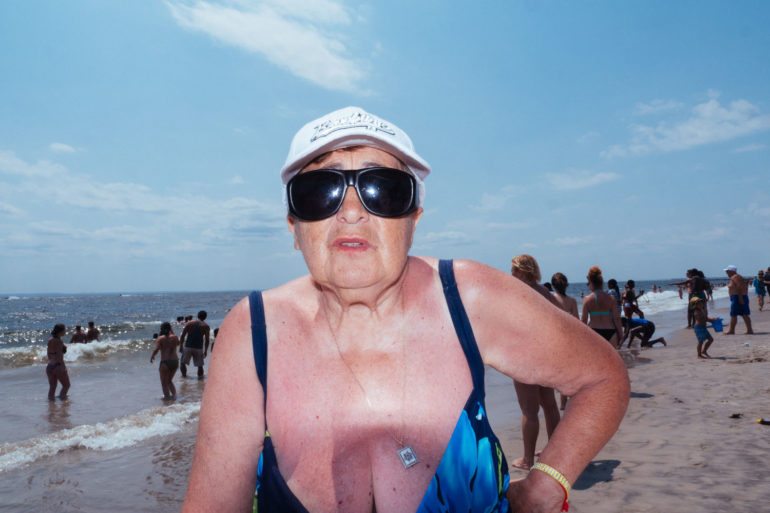
Josh: Yes. I send finished photos and video links to people all the time. I get awesome texts and voicemails all the time with updates, movie ideas, etc. I dig it.
“My empathy takes over and I miss lots of shots because of it…I’ve been invited into peoples’ homes during funerals. Fed amazing home cooked meals. Had serious adventures. All because I was there and said hello.”
